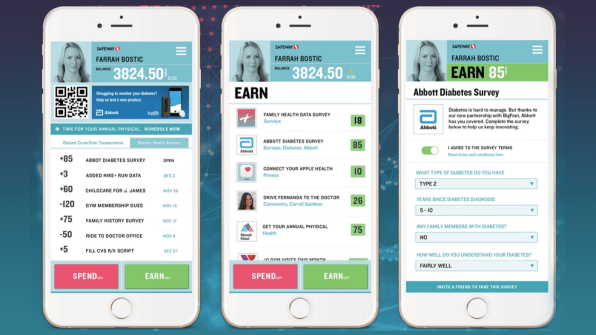Chun-Yin San at Nesta: “In 2011, Lord Martin Rees, the British Astronomer-Royal, launched a scathing critique on the UK Government’s long-term thinking capabilities. “It is depressing,” he argued, “that long-term global issues of energy, food, health and climate get trumped on the political agenda by the short term”. We are facing more and more complex, intergenerational issues like climate change, or the impact of AI, which require long-term, joined-up thinking to solve.
But even when governments do invest in foresight and strategic planning, there is a bigger question around whose vision of the future it is. These strategic plans tend to be written in opaque and complex ways by ‘experts’, with little room for scrutiny, let alone input, by members of the public….
There have been some great examples of more democratic futures exercises in the past. Key amongst them was the Hawai’i 2000 project in the 1970s, which bought together Hawaiians from different walks of life to debate the sort of place that Hawai’i should become over the next 30 years. It generated some incredibly inspiring and creative collective visions of the future of the tropical American state, and also helped embed long-term strategic thinking into policy-making instruments – at least for a time.
A more recent example took place over 2008 in the Dutch Caribbean nation of Aruba, which engaged some 50,000 people from all parts of Aruban society. The Nos Aruba 2025 project allowed the island nation to develop a more sustainable national strategic plan than ever before – one based on what Aruba and its people had to offer, responding to the potential and needs of a diverse community. Like Hawai’i 2000, what followed Nos Aruba 2025 was a fundamental change in the nature of participation in the country’s governance, with community engagement becoming a regular feature in the Aruban government’s work….
These examples demonstrate how futures work is at its best when it is participatory. …However, aside from some of the projects above, examples of genuine engagement in futures remain few and far between. Even when activities examining a community’s future take place in the public domain – such as the Museum of London’s ongoing City Now City Future series – the conversation can often seem one-sided. Expert-generated futures are presented to people with little room for them to challenge these ideas or contribute their own visions in a meaningful way. This has led some, like academics Denis Loveridge and Ozcan Saritas, to remark that futures and foresight can suffer from a serious case of ‘democratic deficit‘.
There are three main reasons for this:
-
Meaningful participation can be difficult to do, as it is expensive and time-consuming, especially when it comes to large-scale exercises meant to facilitate deep and meaningful dialogue about a community’s future.
-
Participation is not always valued in the way it should be, and can be met with false sincerity from government sponsors. This is despite the wide-reaching social and economic benefits to building collective future visions, which we are currently exploring further in our work.
-
Practitioners may not necessarily have the know-how or tools to do citizen engagement effectively. While there are plenty of guides to public engagement and a number of different futures toolkits, there are few openly available resources for participatory futures activities….(More)”

